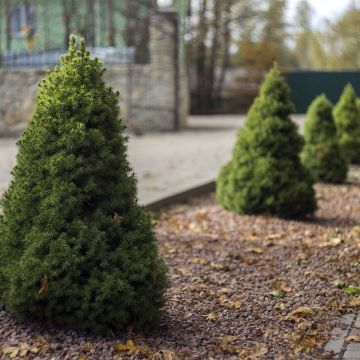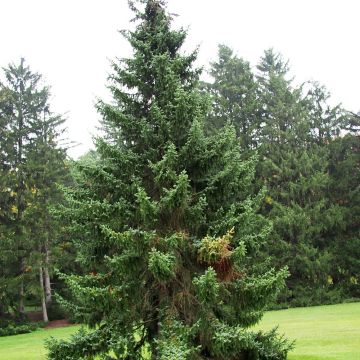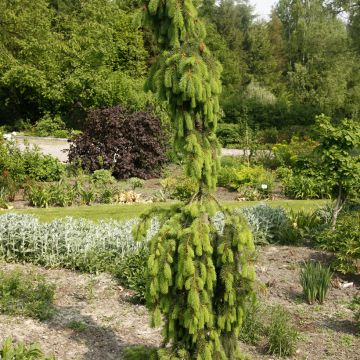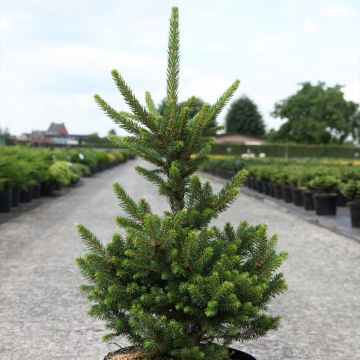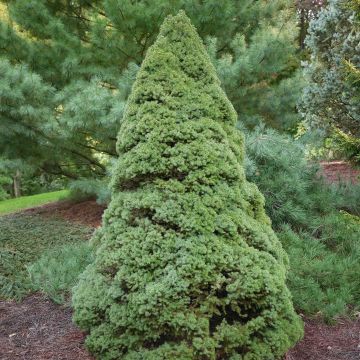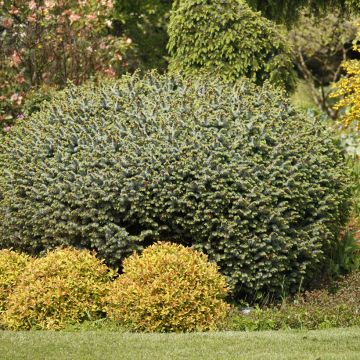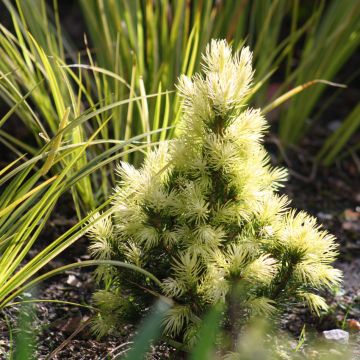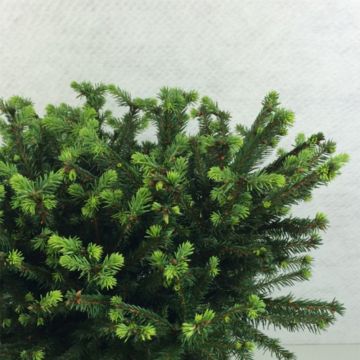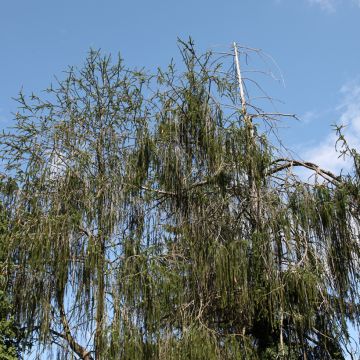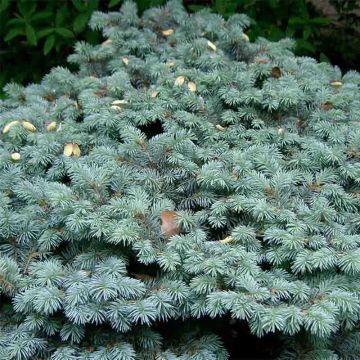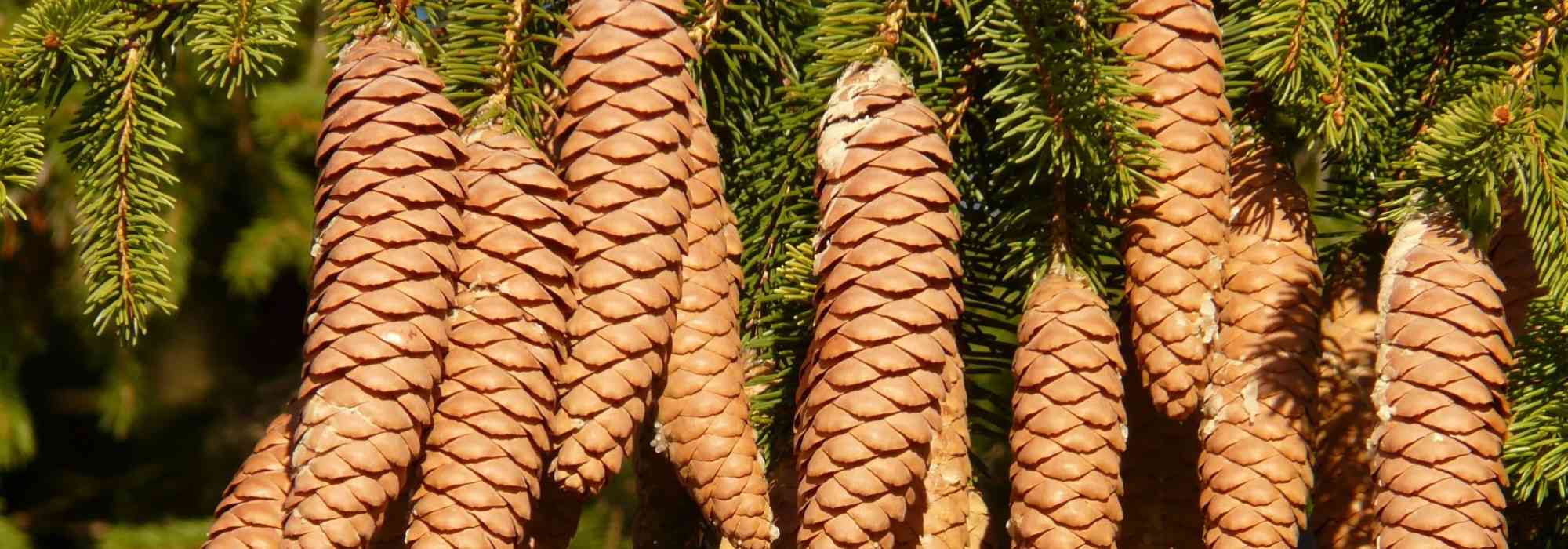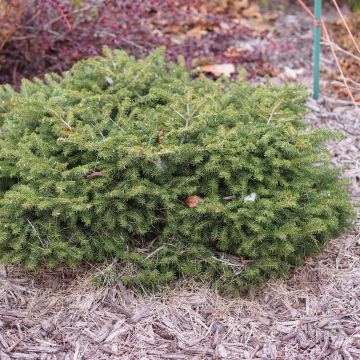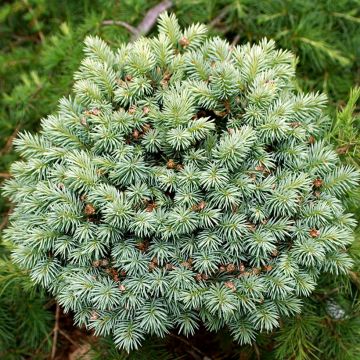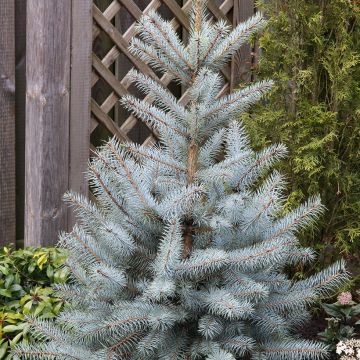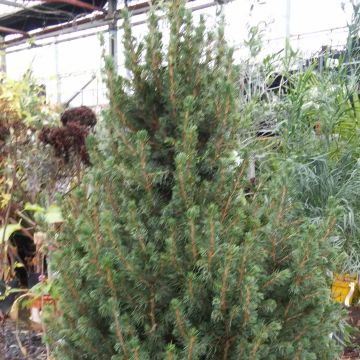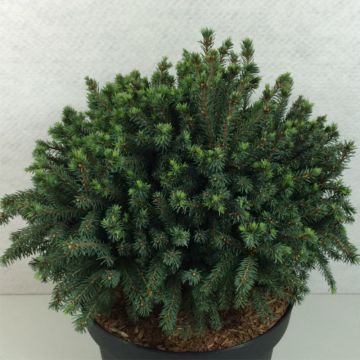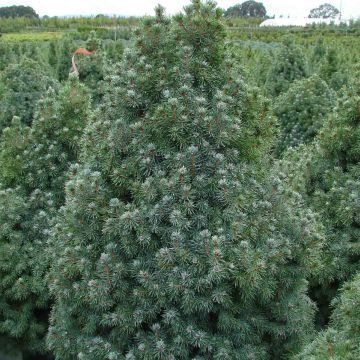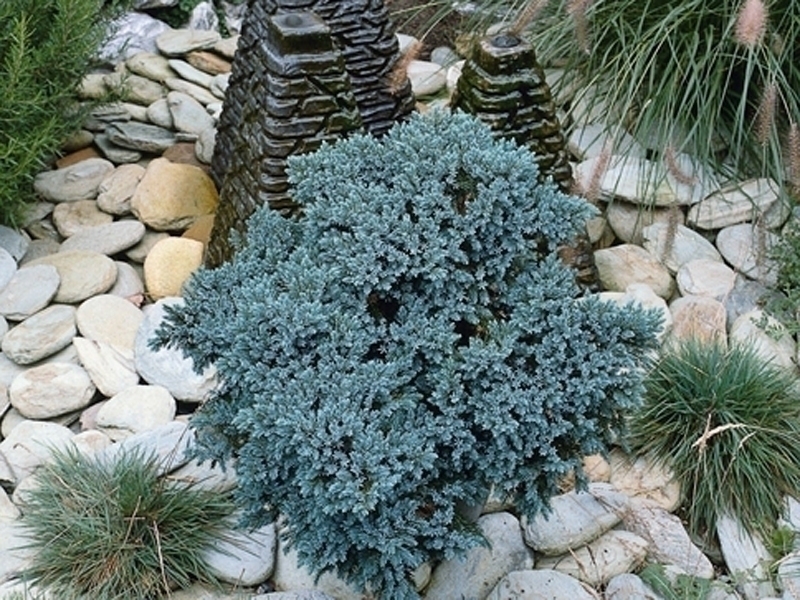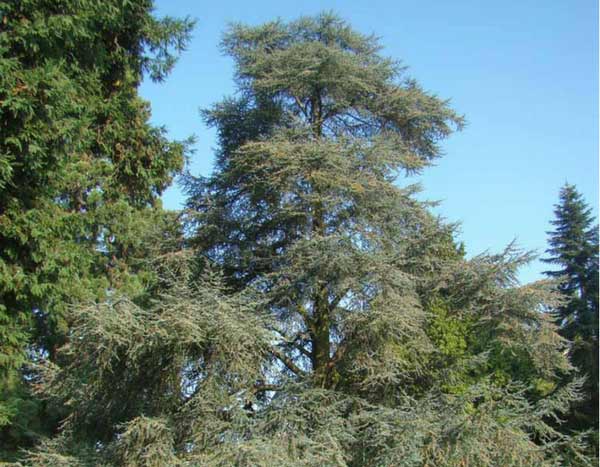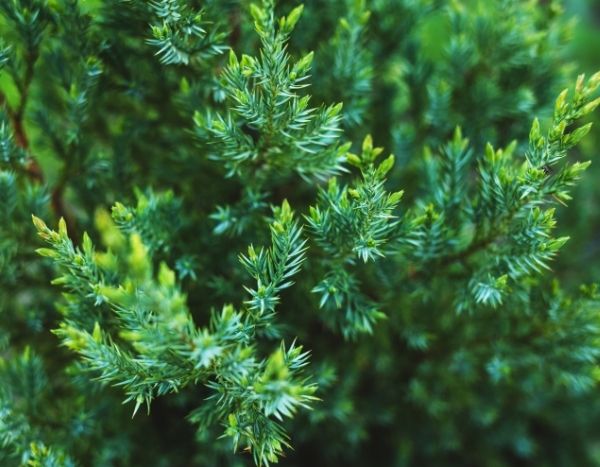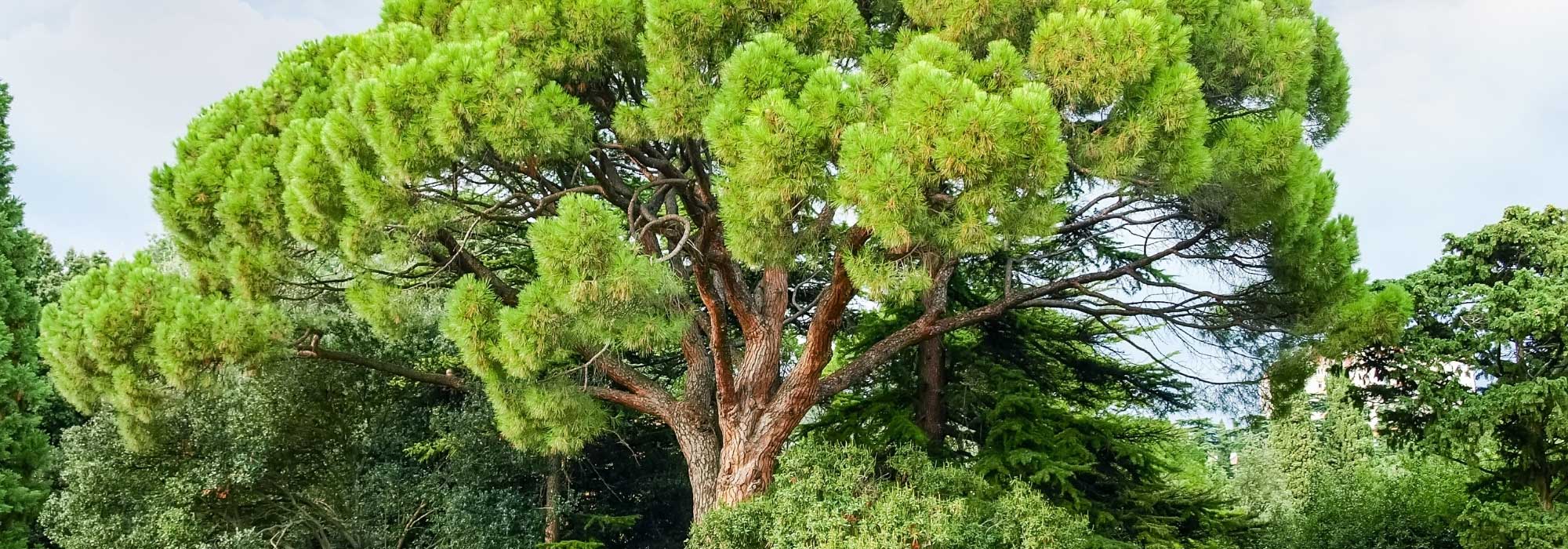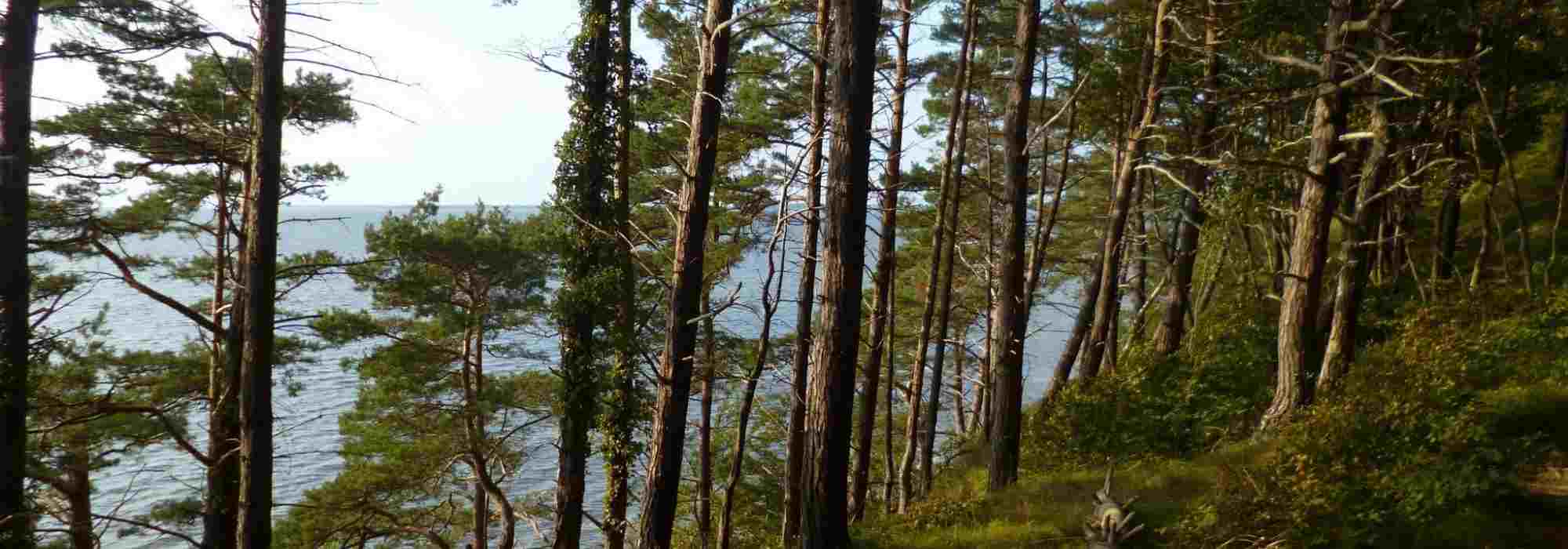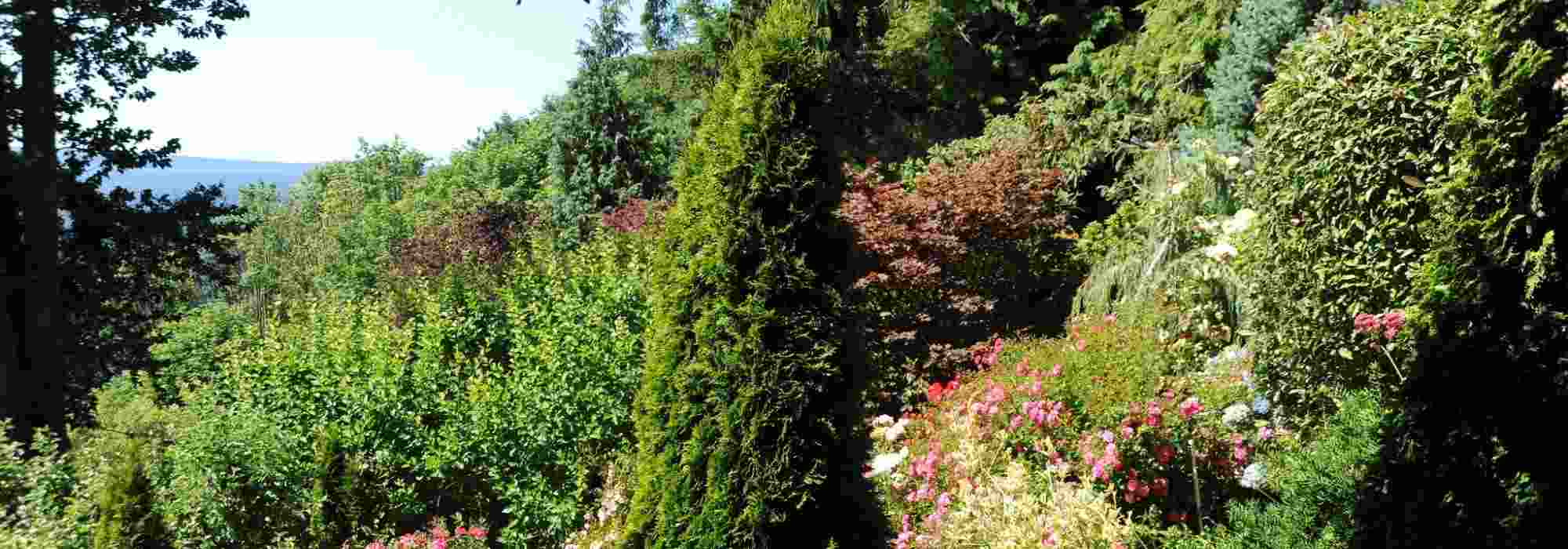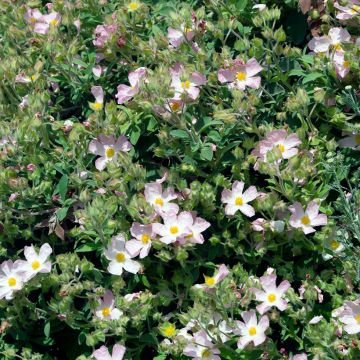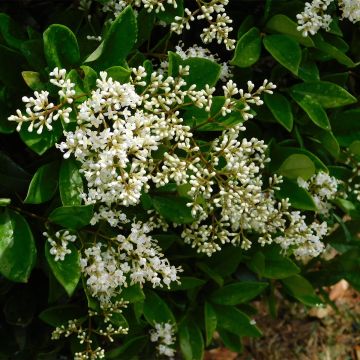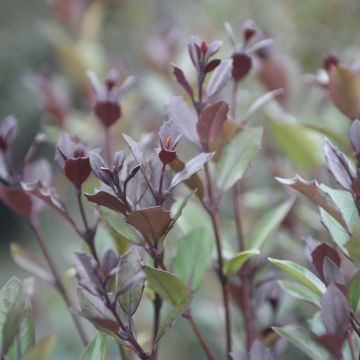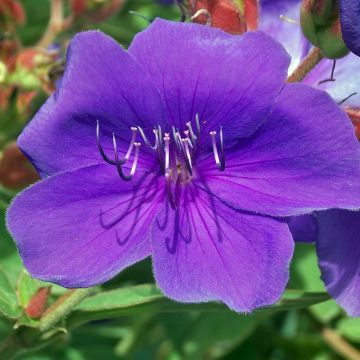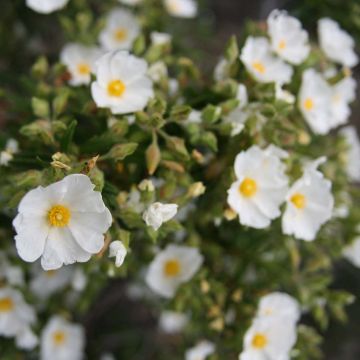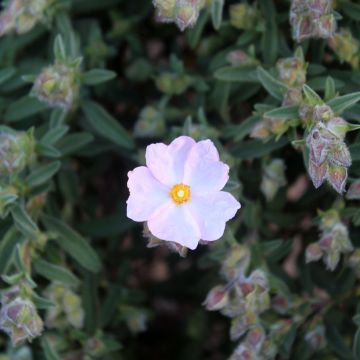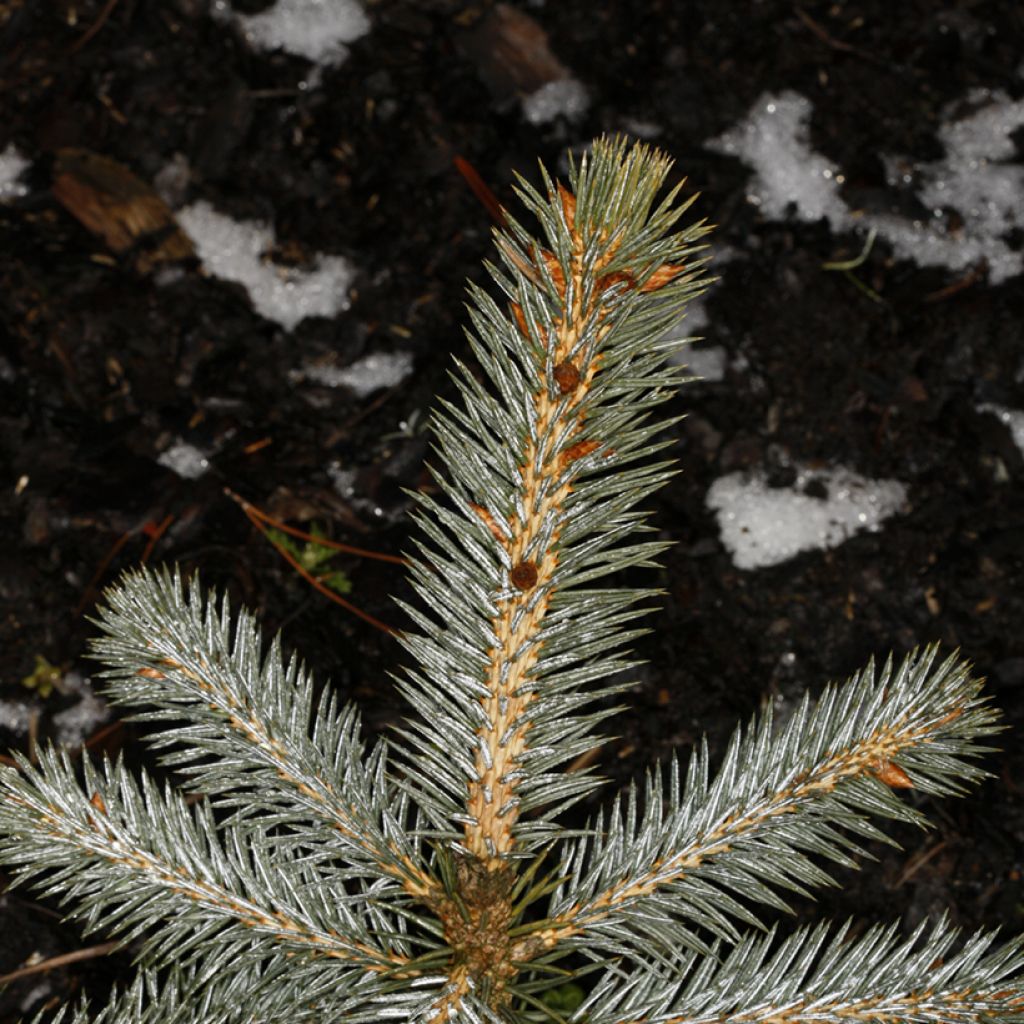

Picea chihuahuana - Chihuahua spruce
Picea chihuahuana - Chihuahua spruce
Picea chihuahuana
Chihuahua spruce
Special offer!
Receive a €20 voucher for any order over €90 (excluding delivery costs, credit notes, and plastic-free options)!
1- Add your favorite plants to your cart.
2- Once you have reached €90, confirm your order (you can even choose the delivery date!).
3- As soon as your order is shipped, you will receive an email containing your voucher code, valid for 3 months (90 days).
Your voucher is unique and can only be used once, for any order with a minimum value of €20, excluding delivery costs.
Can be combined with other current offers, non-divisible and non-refundable.
Why not try an alternative variety in stock?
View all →This plant carries a 24 months recovery warranty
More information
We guarantee the quality of our plants for a full growing cycle, and will replace at our expense any plant that fails to recover under normal climatic and planting conditions.
Would this plant suit my garden?
Set up your Plantfit profile →
Description
Picea chihuahuana, the Chihuahua Spruce, is a large conifer found exclusively in the mountains of northwestern Mexico, where it is endangered. This majestic species, reminiscent in its habit and blue-green foliage of the famous Colorado Blue Spruce (Picea pungens), surpasses it in terms of heat resistance. It is increasingly being seen in parks and botanical gardens. This highly resilient conifer adapts to any well-drained soil and thrives in sunny exposures.
The Chihuahua Spruce is a plant from the Pinaceae family, like other spruces. It is a rare species, first observed in 1942 in the Talayotes of Chihuahua. Picea chihuahuana grows as small remnant populations on steep north-facing slopes, between 2000 and 3400 metres in altitude, in the Mexican Sierra Madre Occidental mountains. Of all the American spruces, this is the most southerly. In its natural habitat, this tree can reach up to 45 metres in height, with a trunk up to 1.20 metres in diameter. Its dimensions will be more modest in our climate: approximately 25 metres in height and 8-10 metres in spread at the base. The Chihuahua Spruce has a narrow conical to pyramidal habit when young, broadening with age. Its bark is initially pale grey, furrowed and scaly. On older specimens, it becomes dark grey-brown and exfoliates in small, irregular plates. Its crown is open, supported by a few long, tiered branches among many very short ones. The shoots are thick, pale buff. The buds are ovoid, pointed, and slightly resinous. The foliage consists of blue-green needles, matte with prominent white lines. They measure 1.7 to 2.3 cm in length and are tipped with a sharp thorn (handle with care, as they can be prickly). These needles are arranged spirally around the shoots. Mature specimens produce two types of cones located in different parts of the tree. The male cones measure 2 to 3 cm and are reddish. The female cones are pendulous, green, turning orange-brown when ripe, cylindrical, measuring 7 to 12 cm long and 4 to 5 cm wide when open. Between their scales, small black, winged seeds can be seen.
Picea chihuahuana deserves to be planted more widely in parks and large gardens, particularly in regions with very hot summers. With its beautiful evergreen foliage and imposing presence, it structures large spaces. The striking architectural qualities of conifers naturally lend themselves to the design of a contemporary garden, which favours the aesthetics of forms, silhouettes, and textures over the fleeting display of flowers.
Plant habit
Flowering
Foliage
Botanical data
Picea
chihuahuana
Pinaceae
Chihuahua spruce
North America
Other Picea
View all →Planting and care
The Chihuahua Spruce should be planted from September to November and from February to May in well-drained, slightly acidic, neutral or chalky soil. Preferably choose a sunny spot, at a good distance from buildings. Its cold resistance is estimated at -16°C at its lowest once mature, in well-drained soil. Once well-rooted, it tolerates drought fairly well. Soak the root balls thoroughly before planting. Add organic matter at planting time and water generously for the first few years, and during prolonged dry spells. Apply a specialist conifer fertiliser every year in April and hoe the soil in summer. This conifer dislikes heavy, very clayey soils that are waterlogged in winter.
Planting period
Intended location
Care
Planting & care advice
This item has not been reviewed yet - be the first to leave a review about it.
Similar products
Haven't found what you were looking for?
Hardiness is the lowest winter temperature a plant can endure without suffering serious damage or even dying. However, hardiness is affected by location (a sheltered area, such as a patio), protection (winter cover) and soil type (hardiness is improved by well-drained soil).

Photo Sharing Terms & Conditions
In order to encourage gardeners to interact and share their experiences, Promesse de fleurs offers various media enabling content to be uploaded onto its Site - in particular via the ‘Photo sharing’ module.
The User agrees to refrain from:
- Posting any content that is illegal, prejudicial, insulting, racist, inciteful to hatred, revisionist, contrary to public decency, that infringes on privacy or on the privacy rights of third parties, in particular the publicity rights of persons and goods, intellectual property rights, or the right to privacy.
- Submitting content on behalf of a third party;
- Impersonate the identity of a third party and/or publish any personal information about a third party;
In general, the User undertakes to refrain from any unethical behaviour.
All Content (in particular text, comments, files, images, photos, videos, creative works, etc.), which may be subject to property or intellectual property rights, image or other private rights, shall remain the property of the User, subject to the limited rights granted by the terms of the licence granted by Promesse de fleurs as stated below. Users are at liberty to publish or not to publish such Content on the Site, notably via the ‘Photo Sharing’ facility, and accept that this Content shall be made public and freely accessible, notably on the Internet.
Users further acknowledge, undertake to have ,and guarantee that they hold all necessary rights and permissions to publish such material on the Site, in particular with regard to the legislation in force pertaining to any privacy, property, intellectual property, image, or contractual rights, or rights of any other nature. By publishing such Content on the Site, Users acknowledge accepting full liability as publishers of the Content within the meaning of the law, and grant Promesse de fleurs, free of charge, an inclusive, worldwide licence for the said Content for the entire duration of its publication, including all reproduction, representation, up/downloading, displaying, performing, transmission, and storage rights.
Users also grant permission for their name to be linked to the Content and accept that this link may not always be made available.
By engaging in posting material, Users consent to their Content becoming automatically accessible on the Internet, in particular on other sites and/or blogs and/or web pages of the Promesse de fleurs site, including in particular social pages and the Promesse de fleurs catalogue.
Users may secure the removal of entrusted content free of charge by issuing a simple request via our contact form.
The flowering period indicated on our website applies to countries and regions located in USDA zone 8 (France, the United Kingdom, Ireland, the Netherlands, etc.)
It will vary according to where you live:
- In zones 9 to 10 (Italy, Spain, Greece, etc.), flowering will occur about 2 to 4 weeks earlier.
- In zones 6 to 7 (Germany, Poland, Slovenia, and lower mountainous regions), flowering will be delayed by 2 to 3 weeks.
- In zone 5 (Central Europe, Scandinavia), blooming will be delayed by 3 to 5 weeks.
In temperate climates, pruning of spring-flowering shrubs (forsythia, spireas, etc.) should be done just after flowering.
Pruning of summer-flowering shrubs (Indian Lilac, Perovskia, etc.) can be done in winter or spring.
In cold regions as well as with frost-sensitive plants, avoid pruning too early when severe frosts may still occur.
The planting period indicated on our website applies to countries and regions located in USDA zone 8 (France, United Kingdom, Ireland, Netherlands).
It will vary according to where you live:
- In Mediterranean zones (Marseille, Madrid, Milan, etc.), autumn and winter are the best planting periods.
- In continental zones (Strasbourg, Munich, Vienna, etc.), delay planting by 2 to 3 weeks in spring and bring it forward by 2 to 4 weeks in autumn.
- In mountainous regions (the Alps, Pyrenees, Carpathians, etc.), it is best to plant in late spring (May-June) or late summer (August-September).
The harvesting period indicated on our website applies to countries and regions in USDA zone 8 (France, England, Ireland, the Netherlands).
In colder areas (Scandinavia, Poland, Austria...) fruit and vegetable harvests are likely to be delayed by 3-4 weeks.
In warmer areas (Italy, Spain, Greece, etc.), harvesting will probably take place earlier, depending on weather conditions.
The sowing periods indicated on our website apply to countries and regions within USDA Zone 8 (France, UK, Ireland, Netherlands).
In colder areas (Scandinavia, Poland, Austria...), delay any outdoor sowing by 3-4 weeks, or sow under glass.
In warmer climes (Italy, Spain, Greece, etc.), bring outdoor sowing forward by a few weeks.






























